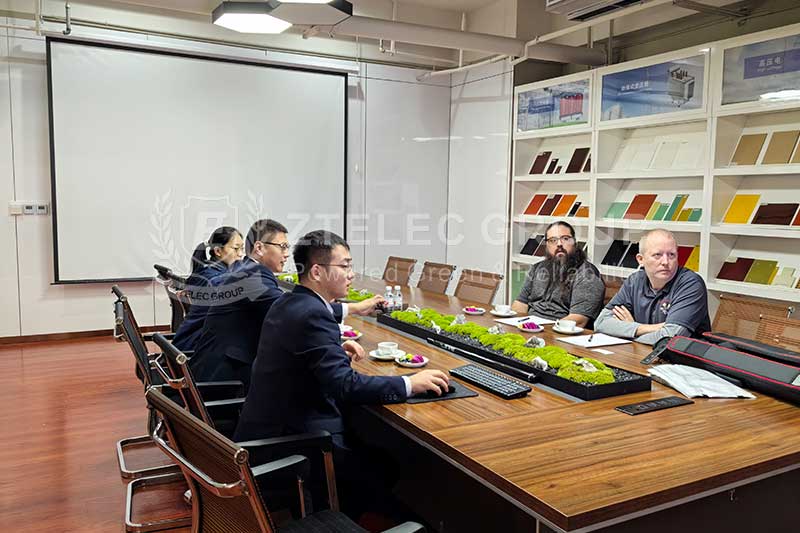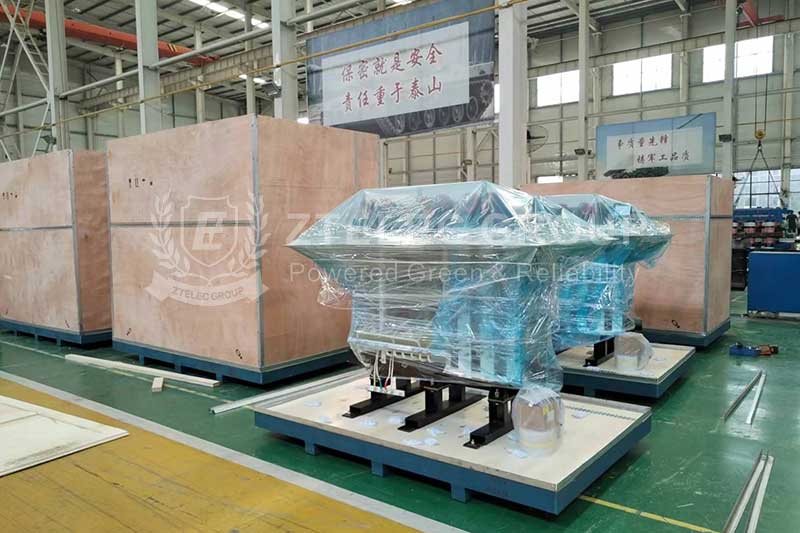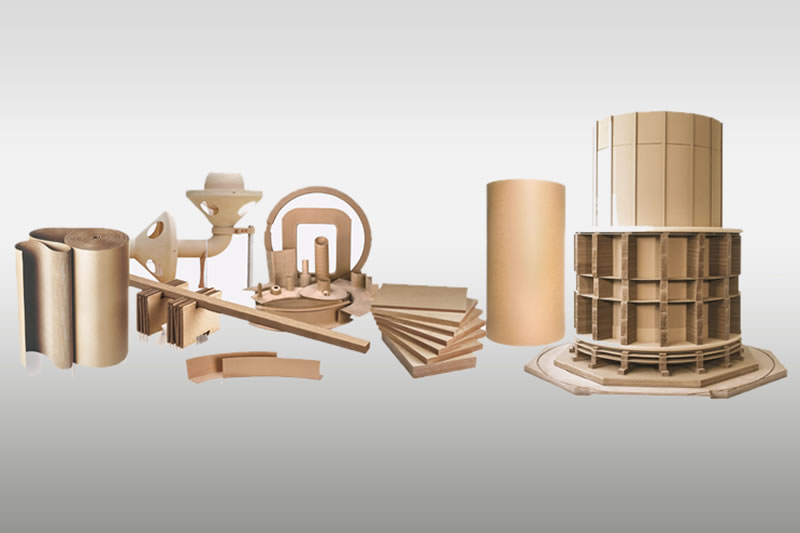How to Improve the Efficiency of Dry-Type Transformers: Key Strategies Explained
Dry-type transformers are extensively deployed in commercial buildings, data centers, industrial facilities, and other environments due to their oil-free design, enhanced safety, environmental compatibility, and low maintenance requirements. However, as the global energy crisis deepens and environmental regulations tighten, improving the efficiency of dry-type transformers has become critical for reducing energy loss, lowering operating costs, and supporting the sustainable growth of modern power systems.
This article explores practical, high-impact strategies for improving the performance and efficiency of dry-type transformers across core design, thermal management, winding optimization, intelligent operation, and emerging technologies.
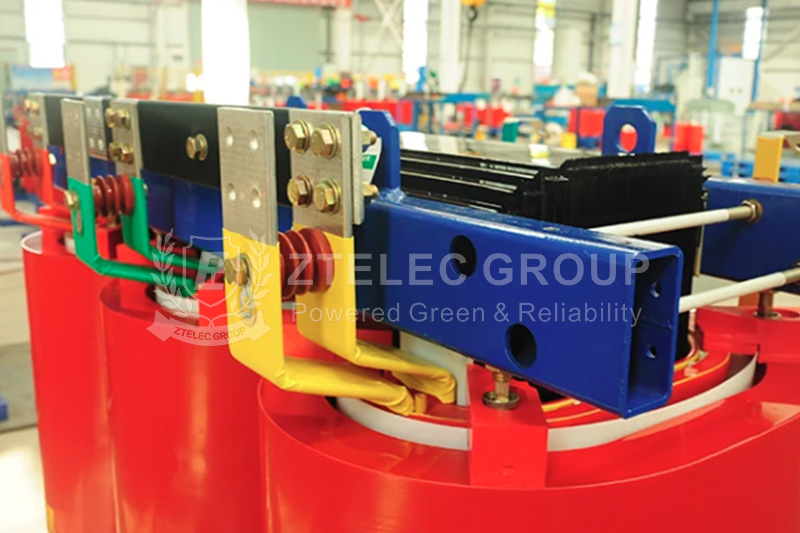
Optimizing the Core Design
Core losses—comprising hysteresis and eddy current losses—are major contributors to transformer inefficiency. These losses can be reduced through material selection and structural enhancements.
High-performance magnetic materials are key to reducing losses. High-permeability silicon steel laminations offer low hysteresis loss, while amorphous alloy cores deliver a dramatic efficiency boost, cutting no-load losses by up to 70–80% compared to conventional silicon steel.
Core structure also plays a vital role. Precision lamination techniques such as step-lap or beveled joints reduce air gaps and magnetic reluctance, minimizing energy loss. Proper control of magnetic flux density is essential to prevent saturation and preserve transformer efficiency.
Enhancing Heat Dissipation Capability
Efficient heat dissipation is essential for dry-type transformers, which rely on air cooling. High internal temperatures degrade performance and reduce insulation life, leading to long-term inefficiency.
Improving thermal design includes optimizing airflow paths to ensure consistent ventilation and installing temperature-controlled fans that adjust speed based on load temperature. Using high thermal conductivity insulating materials, such as thermally conductive epoxy resin, helps transfer heat from windings and cores more rapidly to the exterior.
Reducing Winding Losses
Winding losses stem primarily from conductor resistance. Minimizing this resistance is a direct way to improve transformer efficiency.
Using high-conductivity materials like oxygen-free copper or high-purity aluminum lowers resistive losses. Additionally, optimizing the winding design—such as adjusting conductor cross-sections and improving insulation layout—ensures uniform current distribution and minimizes localized overheating and associated losses.
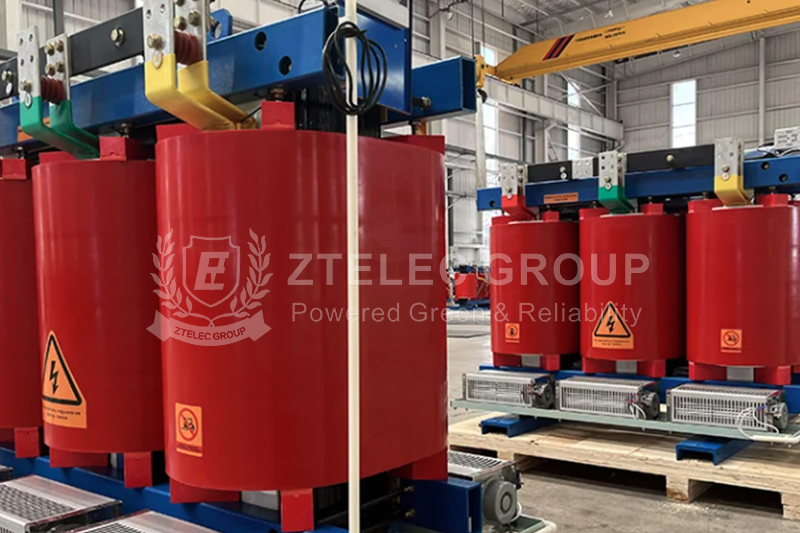
Implementing Intelligent Control and Operation
Intelligent control systems enhance transformer efficiency by dynamically adjusting operations based on real-time conditions.
Smart monitoring allows real-time load tracking and can automatically switch transformers into standby during low-demand periods, avoiding inefficient light-load operation. During peak loads, these systems maintain operation near rated capacity to optimize performance.
Condition monitoring, enabled by IoT and big data technologies, can detect insulation aging, overheating, and other early-stage faults—enabling preventive maintenance that maintains long-term efficiency.
Adopting Emerging Technologies
New technologies offer exciting potential for the next generation of energy-efficient dry-type transformers.
Superconducting materials, with near-zero electrical resistance under cryogenic conditions, could virtually eliminate transmission losses if successfully implemented. Although practical deployment faces hurdles like cost and cooling demands, research progress indicates strong future promise.
Advanced cooling innovations such as heat pipes and phase-change materials also show potential. Heat pipes enable rapid heat transfer through phase transitions, while phase-change materials absorb or release large quantities of heat, helping to stabilize operating temperatures and improve thermal efficiency.
Improving the efficiency of dry-type transformers requires a multi-faceted approach: reducing core and winding losses, enhancing heat dissipation, applying intelligent control, and exploring advanced technologies. By implementing these strategies, power system operators can significantly boost energy efficiency, reduce operational costs, and contribute to a greener, more reliable electrical infrastructure.
- more+releated article
- 2025-12-13G10 and FR4 Epoxy Boards: Commonly Used for Ge
- 2025-12-13Comparison of Heat-Resistant DDP Insulating Pa
- 2025-12-12Price of a 1600kVA 10kV Cast Resin Dry-Type Tr
- 2025-12-12How to Choose Epoxy Laminate Materials for Gen
- 2025-12-11Protection Configuration Principles for 35kV D
- 2025-12-11The Price of Heat-Resistant DDP Insulation Pap
- 2025-12-10Application Prospects of 10kV/35kV Oil-Immerse
- 2025-12-09How to Reduce the Maintenance Cost of Oil-Imme
- 2025-12-09How to Choose the Best 110 kV Oil-Immersed Pow
- 2025-12-08Heat-Resistant DDP Insulation Paper


